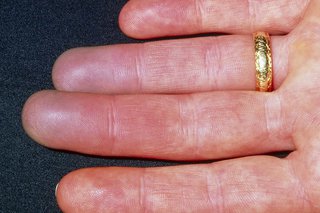
Raynaud's
Raynaud's phenomenon is common and doesn't usually cause any severe problems. You can often treat the symptoms yourself by keeping warm. Sometimes it can be a sign of a more serious condition.
Check if it's Raynaud's
Raynaud's affects your blood circulation. When you're cold, anxious or stressed, your fingers and toes may change colour.
Other symptoms can include:
- pain
- numbness
- pins and needles
- difficulty moving the affected area



Some people also find their ears, nose, lips or nipples are affected.
The symptoms of Raynaud's may last from a few minutes to a few hours.
When it's something else
Things you can do yourself
Do
- keep your home warm
- wear warm clothes during cold weather – especially on your hands and feet
- exercise regularly – this helps improve circulation
- try breathing exercises or yoga to help you relax
- eat a healthy, balanced diet
Don't
- smoke – improve your circulation by stopping smoking
- drink too much tea, coffee or cola – caffeine and other stimulants can stop you relaxing
See a GP if:
- your symptoms are very bad or getting worse
- Raynaud's is affecting your daily life
- you only have numbness on one side of your body
- you also have joint pain, skin rashes or muscle weakness
- you're over 30 and get symptoms of Raynaud's for the first time
- your child is under 12 and has symptoms of Raynaud's
Treatment from a GP
If your symptoms are very bad or getting worse, your GP may prescribe a medicine called nifedipine to help improve your circulation.
Some people need to take nifedipine every day. Others only use it to prevent Raynaud's – for example, during cold weather.
Sometimes your GP will examine you and suggest a blood test. In rare cases, Raynaud's could be a sign of a more serious condition, such as rheumatoid arthritis or lupus.

No comments:
Post a Comment